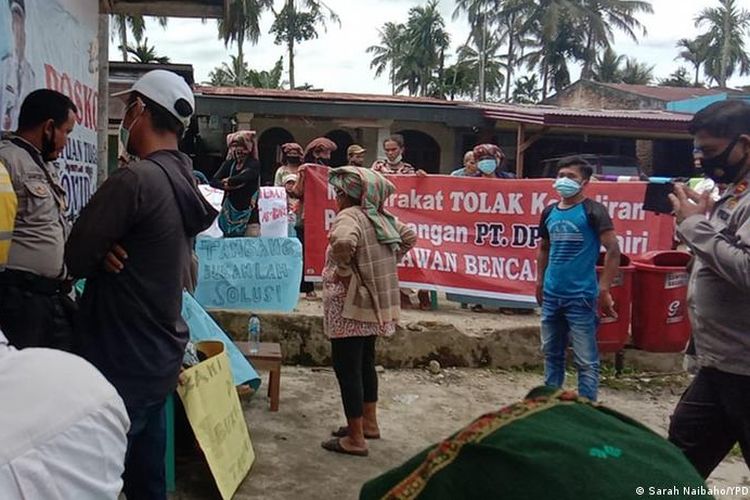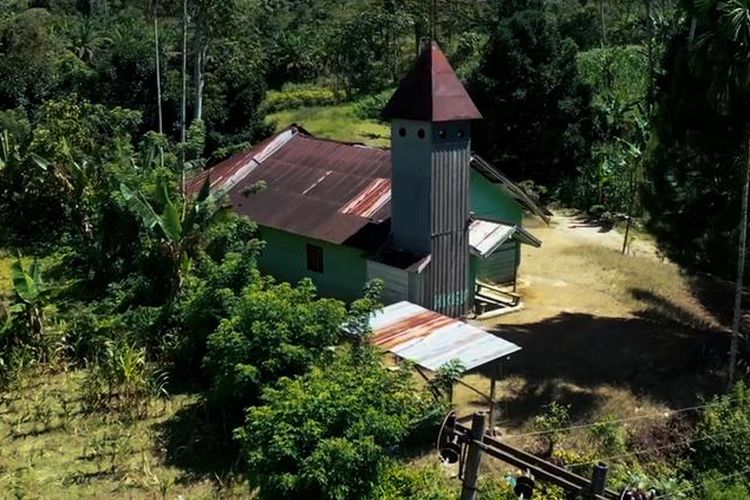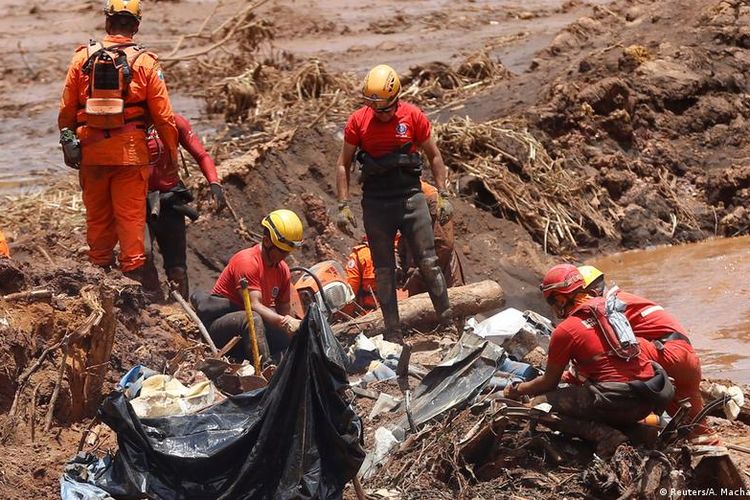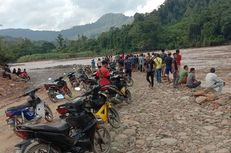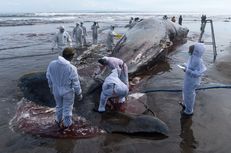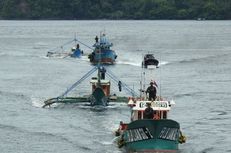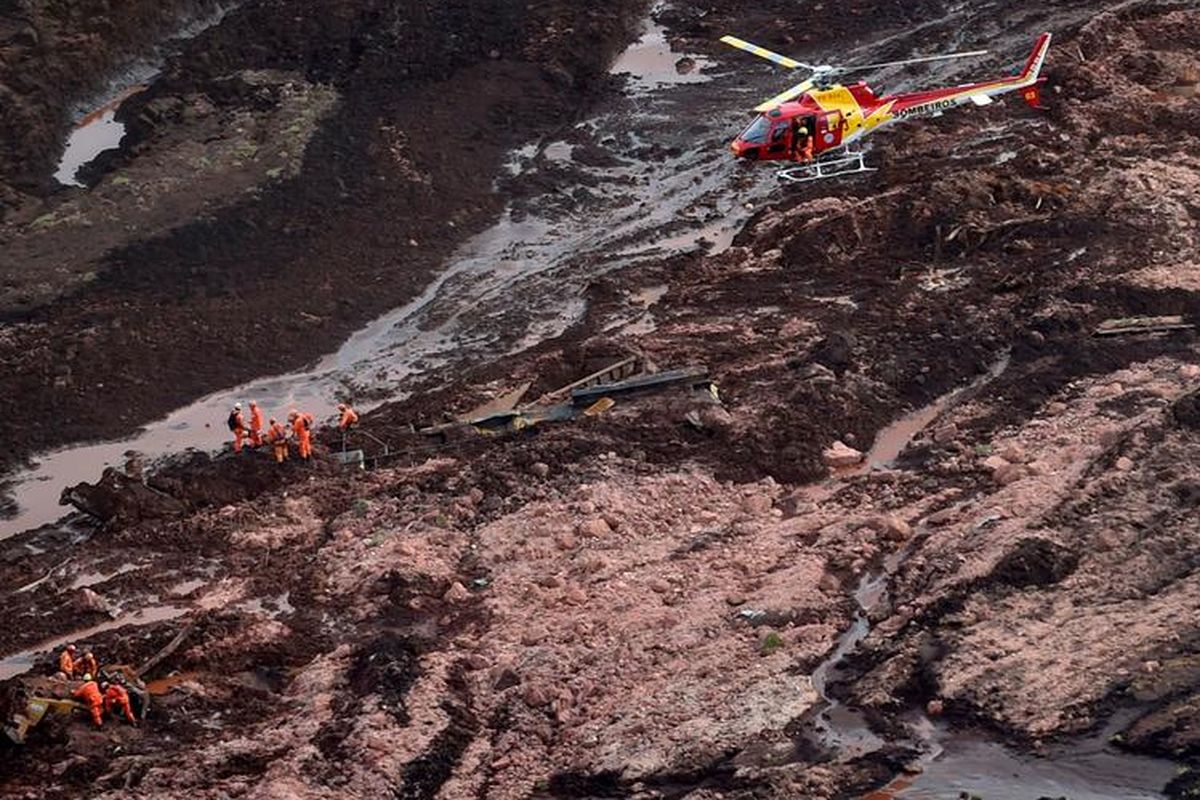
Unstable tailings dams
Unlike dams to hold back water, tailings dams store waste material dug out of a mine such as rocks and minerals that are sometimes toxic.
They are often built cheaply and with little regulation, which has contributed to them failing at a rate about 100 times greater than that of water dams, according to a study published in the journal Geotechnical News in 2010.
The dam near the village of Sopokomil will use a rock wall, which is sturdier, but experts say the design is vulnerable to liquefaction that could cause it to tip when earthquakes and heavy rain turn wet ash into sludge.
Also read: Indonesia's Energy Firm PT Pertamina Posts Net Loss of $767.9 Billion in H1 2020
The project's unstable foundations were confirmed by an environmental impact assessment submitted by the mine operator Dairi Prima Mineral (DPM) in May, according to an interim report commissioned by Inclusive Development International, a US-based NGO representing the villagers:
"Such a tailings facility design and location fails to meet reasonable world standards for mining waste disposal."
Richard Meehan, a civil engineer at Stanford University who authored the report, wrote that approving the project would give a green light to a mine "almost certain" to result in a human and environmental disaster on the scale of the ones in Brazil and elsewhere.
DPM's technical director Ryno Chandra Mulya disputed some of the claims made by Meehan and Emerman, adding that the company has collected extra geotechnical data from drilling this week, which it has not yet published.
"From this data we will create a technical design that will comply with the minimum safety requirement."
Foreign investment
The DPM mine is a joint venture between China Nonferrous Metal Mining Group (NFC), which is owned by the Chinese state, and the Indonesian mining firm Bumi Resources Minerals (BRM).
Jointly financed mining projects are common in Indonesia, which lacks an established mineral processing industry and instead turns to Australian and Chinese backers with engineering expertise.
DPM plans to ship, process and sell the lead and zinc from the mine to China.
But experts say the dam is so unsafe that its construction would be illegal in China, which last year limited the number of new tailings dams and shut down older ones because of fears about safety and pollution.


